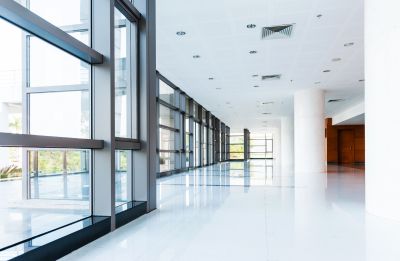Optimal Timing for Windows Installations
Choosing the right time for Windows installations can impact the efficiency and success of the process. Factors such as system updates, hardware readiness, and user availability influence the optimal scheduling. Proper timing ensures minimal disruption and a smoother transition to the new operating system.
Spring and fall often provide ideal conditions for installations due to moderate temperatures and lower system usage.
Performing installations when hardware is freshly checked ensures compatibility and reduces troubleshooting time.
Scheduling during periods of low activity minimizes downtime and allows for thorough setup.
Timing installations after major updates or patches can prevent conflicts and ensure stability.

Technicians carefully manage each step for seamless system upgrades.

Hardware is checked and prepared prior to installation for optimal performance.

Installations are scheduled during low-traffic periods to minimize disruption.

Ways to make Windows Installations work in tight or awkward layouts.

Popular materials for Windows Installations and why they hold up over time.

Simple add-ons that improve Windows Installations without blowing the budget.
| Factor | Best Timing Advice |
|---|---|
| Season | Spring and fall are preferred for moderate weather conditions. |
| Hardware Readiness | Schedule after hardware checks and updates. |
| User Activity | Choose periods of low activity to reduce impact. |
| System Updates | Postpone until after major updates. |
| Business Cycles | Align with slow operational periods. |
| Technical Support Availability | Ensure support is available during scheduled times. |
| Network Traffic | Select times with lower network usage for faster installations. |
Windows installations are a critical process that can enhance system performance and security. Proper planning and timing are essential to ensure a smooth transition and minimize downtime. Regular updates and hardware checks contribute to successful installations, making it important to consider timing carefully.

Detailed setup procedures ensure proper configuration.

Ensuring hardware readiness prevents installation issues.

Technical support assists in resolving potential problems.

Verifying system stability after installation is crucial.
Scheduling Windows installations at appropriate times can lead to better performance and user satisfaction. It is recommended to coordinate with technical support and plan during periods of low system activity to ensure a smooth upgrade process.
Interested in scheduling a Windows installation? Filling out the contact form provides an opportunity to discuss timing options and ensure the process aligns with operational needs.





